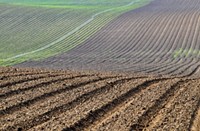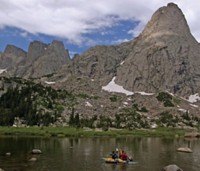Advertisement
Grab your lab coat. Let's get started
Welcome!
Welcome!
Create an account below to get 6 C&EN articles per month, receive newsletters and more - all free.
It seems this is your first time logging in online. Please enter the following information to continue.
As an ACS member you automatically get access to this site. All we need is few more details to create your reading experience.
Not you? Sign in with a different account.
Not you? Sign in with a different account.
ERROR 1
ERROR 1
ERROR 2
ERROR 2
ERROR 2
ERROR 2
ERROR 2
Password and Confirm password must match.
If you have an ACS member number, please enter it here so we can link this account to your membership. (optional)
ERROR 2
ACS values your privacy. By submitting your information, you are gaining access to C&EN and subscribing to our weekly newsletter. We use the information you provide to make your reading experience better, and we will never sell your data to third party members.
Environment
‘Dead Zones’ Mount Along U.S. Coasts
by Cheryl Hogue
September 13, 2010
| A version of this story appeared in
Volume 88, Issue 37
Low-oxygen “dead zones” in U.S. coastal waters are increasing, according to a report released last week from the President’s Office of Science & Technology Policy. The incidence of dead zones has grown almost 30-fold since 1960, the report says. Efforts to reduce low-oxygen, or hypoxic, waters have made little headway, in part because of population growth and increased development, the report concludes. Dead-zone formation is mainly due to nitrogen and phosphorus runoff from farms, according to the report, and discharges from sewage treatment plants, urban runoff, and air pollution are key contributors, as well. However, hypoxia off the coasts of Oregon and Washington appears to be linked to variations in climate, the report says. This northwestern locale hosts the second-largest seasonal low-oxygen zone in the U.S., after the Gulf of Mexico. The report calls for sound, cost-effective strategies to curb nitrogen and phosphorus pollution and for improved models to determine how low-oxygen areas affect important commercial fish populations.





Join the conversation
Contact the reporter
Submit a Letter to the Editor for publication
Engage with us on Twitter